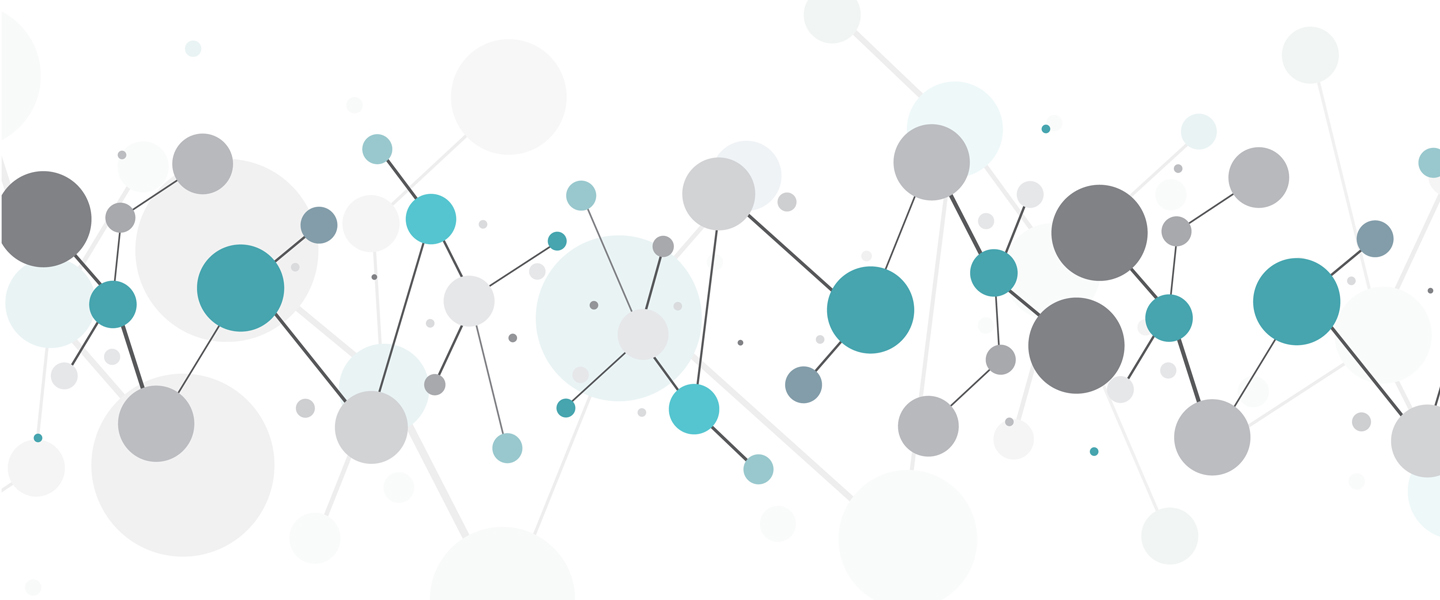New Evidence Suggests COVID May Enter the Brain via Cellular 'Trojan Horses'
New Evidence Suggests COVID May Enter the Brain via Cellular 'Trojan Horses'

In a paper appearing in Nature Medicine, researchers at the University of California, San Diego (UCSD) have reported evidence of a mechanism in the brain by which the COVID virus may gain access to and subsequently infect and damage brain cells.
The team was led by Joseph Gleeson, M.D.; the paper's first author was Lu Wang, Ph.D., a 2019 BBRF Young Investigator.
The question of how COVID affects the brain is an urgent one and an intense focus of research. While considerable clinical evidence as well as autopsy studies have indicated that the central nervous system (CNS) is frequently impacted by the virus, important details are only now emerging. One of these concerns precisely how the virus gains access to the brain, and how, once it has entered, it can damage the brain and other parts of the CNS.
Autopsies of people who did not survive COVID infection have indicated the potential for the virus to spread throughout the brain, and especially through blood vessel and immune system cells, the UCSD team notes. While the mechanisms are unclear, COVID-related CNS symptoms are well documented. They include strokes, hemorrhages, seizures, encephalitis and damage to blood vessels in the brain and CNS.
Many COVID patients who have survived the infection have reported a range of neuropsychiatric symptoms, some of which have persisted weeks or months after the resolution of COVID's classic respiratory-system symptoms. Sometimes called "long COVID," these lingering reported symptoms include "brain fog," new-onset anxiety, depression, psychosis, and suicidal behavior, as reported in JAMA Psychiatry this past spring by a research team led by 2014 BBRF Independent Investigator and 2006 and 2003 Young Investigator Maura Boldrini, M.D., of Columbia University.
Drs. Gleeson, Wang and colleagues set out to build a living model of neural tissue in which to study COVID infection potential, mechanisms, and impacts. They used stem cells to generate "assembloids"—living congregations of relevant cell types that one finds in the brain.
Experiments the team performed on the assembloids led to a number of important discoveries. One was that pericytes, a supporting cell type that wraps around the brain's blood vessels, contains ACE2 receptors which are known to be a classic passageway for COVID entry into cells elsewhere in the body. ACE2 receptors are found in abundance in the lungs, arteries, heart, kidney and intestines, but were not previously known to be produced in human pericytes.
Their discovery in the pericyte-like cells generated in the UCSD team's brain assembloids suggests a possible answer to an outstanding puzzle about COVID's access to the brain. The brain and CNS are uniquely protected from viruses, toxins and other harmful agents by the blood-brain barrier (BBB). This multi-layered membrane should keep COVID viral particles out of the brain, but as Dr. Boldrini and others have proposed, leaks in the blood brain barrier may permit their entry. Leaks can be caused by inflammation of the cells lining the blood vessels, including tiny capillaries, that supply the brain with vital oxygen.
A possible path of entry, as suggested by the new research, is via ACE2 receptors located on pericytes surrounding blood vessels. This puts in perspective other preliminary evidence suggesting that COVID does not appear to infect neurons in the brain directly, or does so only rarely. The new evidence adds to speculation that the virus may be able to enter via pericytes or other places in brain vasculature containing ACE2 receptors. In this sense, Dr. Gleeson notes, these non-neuronal cells in the brain may serve as "Trojan horses."
In the team's experiments, the coronavirus was able to infect pericytes, which served as localized factories for production of the virus. In turn, the newly produced COVID viral particles could then spread to other cell types, leading to widespread damage, the team said.
Immune cells in the brain called astrocytes were the main target of secondary infections following viral replication within pericytes, the team discovered. Infection of pericytes was associated with astrocyte death and immune activation. “Alternatively, infection of pericytes could lead to inflammation of blood vessels, followed by clotting, stroke or hemorrhages, complications that are observed in many COVID patients who are hospitalized in intensive care units,” Dr. Gleeson said.
The researchers said they now plan to focus on developing improved assembloids that contain pericytes and blood vessels capable of pumping blood, to better model the intact human brain. Dr. Gleeson said that these models could provide greater insight into infectious disease, more generally, as well as other human brain diseases.



